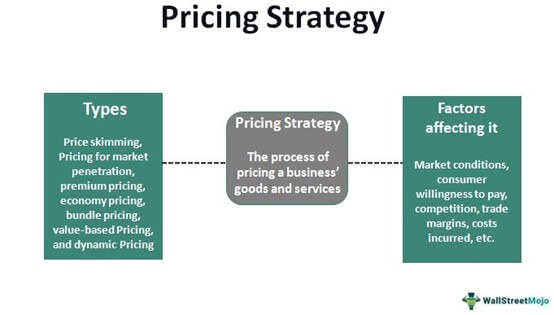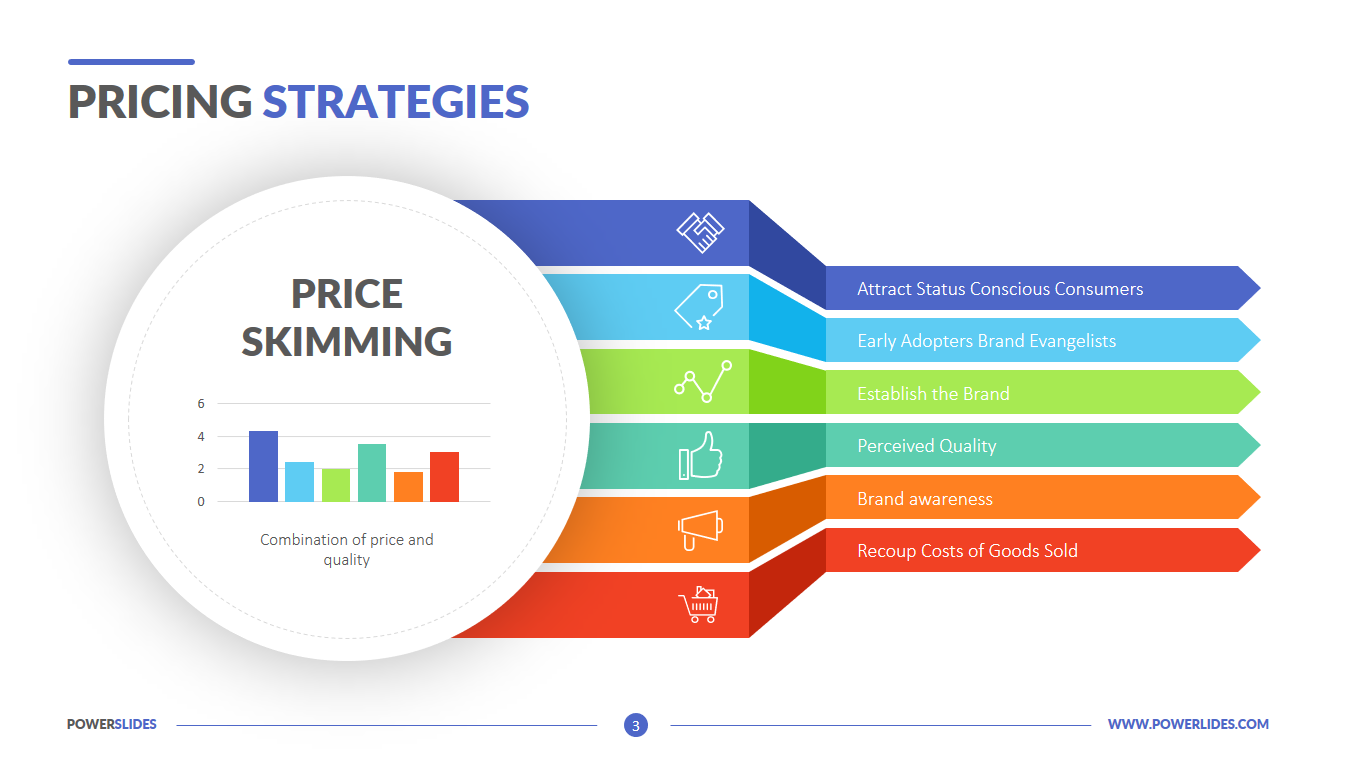Exactly How a Solid Pricing Strategy Can Increase Client Commitment and Retention
Exactly How a Solid Pricing Strategy Can Increase Client Commitment and Retention
Blog Article
Master Effective Prices Approaches to Take Full Advantage Of Earnings
In the ever-evolving landscape of commerce, mastering reliable pricing approaches is crucial for organizations aiming to optimize profit. A nuanced understanding of pricing psychology can dramatically affect client actions and getting choices. Employing value-based and dynamic prices designs permits companies to adjust to market variations and customer belief. However, the complexity of rival evaluation and ongoing efficiency evaluation increases important questions concerning the sustainability of these strategies. What certain strategies can be executed to guarantee long-lasting success and consumer loyalty in this affordable environment?
Understanding Pricing Psychology
Comprehending prices psychology is critical for companies aiming to optimize their rates approaches. This area checks out how customers regard costs and exactly how these perceptions influence their buying decisions. Trick principles in rates psychology include the anchoring result, where the preliminary price provided works as a referral point for customers, and the concept of price sensitivity, which varies among different consumer sections.
In addition, companies can take advantage of the concept of perceived worth, where the viewed benefits of a service or product can justify a greater rate factor. For circumstances, premium pricing can create a mood of exclusivity, bring in customers who link higher rates with remarkable quality. On the various other hand, mental prices, such as establishing a rate at $9.99 rather than $10, can considerably impact consumer actions by making costs appear more eye-catching.
Additionally, shortage and seriousness can improve the viewed worth of products, motivating quicker getting choices. Recognizing these mental triggers allows businesses to create rates approaches that not just drive sales however likewise foster consumer commitment. Therefore, understanding rates psychology is essential for effective rates approach solution, leading to enhanced profitability and market positioning.
Carrying Out Value-Based Prices

Next off, segment your consumers based on their willingness to pay and the value they regard. By doing so, you can tailor offerings and pricing approaches to line up with various sections.
Continually monitor market conditions and customer responses to improve your prices strategy over time. By carrying out value-based prices, businesses can boost profitability while fostering long-lasting client commitment.
Exploring Dynamic Pricing Models
In today's swiftly changing market landscape, dynamic pricing models have actually become an effective strategy for services looking for to maximize income and reply to fluctuations sought after. These designs allow business to change their costs in real-time based on various factors such as consumer habits, market fads, and inventory levels. By leveraging data analytics and algorithms, services can determine optimum pricing factors that make the most of sales while remaining hop over to here competitive.
Dynamic pricing can take various types, consisting of time-based pricing, where prices rise and fall based on time of day or period, and demand-based prices, which readjusts costs according to existing customer need. This versatility not just enhances earnings yet additionally enhances consumer fulfillment by using prices that show real-time market problems.
Executing vibrant pricing requires a robust technological framework and a deep understanding of consumer segments. Clear communication about prices changes can assist minimize client dissatisfaction and foster trust, inevitably leading to continual success in an affordable market.
Analyzing Rival Prices
Monitoring rival prices is crucial for businesses intending to maintain a competitive side in their corresponding markets. By analyzing rivals' rates strategies, companies can identify market trends, understand consumer preferences, and adjust their prices as necessary. This analysis involves celebration data on competitors' prices, advertising approaches, and item offerings to notify prices decisions.
To effectively analyze competitor rates, companies need to make use of various devices and techniques, such as cost tracking software program, market study records, and client feedback. This data can reveal just how rivals position their items and services, enabling businesses to separate their offerings or adopt similar strategies to remain appropriate.
In addition, it is essential to categorize competitors into straight and indirect competitors. Direct competitors supply comparable product and services, while indirect competitors might accomplish the very same customer requirement with different solutions. Recognizing the subtleties between these groups will make official site it possible for services to tailor their prices techniques better.
Ultimately, continuous rival rates analysis is important for making enlightened prices choices. It permits organizations to stay nimble in reaction to market shifts, ensuring they can take possibilities and alleviate threats connected with pricing techniques.
Assessing Pricing Efficiency
Understanding exactly how competitor pricing affects market characteristics results in an all-natural concentrate on assessing prices efficiency within one's own company. This examination is crucial for identifying areas of strength and possibilities for renovation, eventually improving success.

Furthermore, performing regular prices audits can disclose inconsistencies in between anticipated and real efficiency. This includes contrasting prices data throughout various sections and channels to recognize variances and determine trends. Integrating client responses can supply insights into viewed value versus website here real pricing, guaranteeing positioning with market expectations.
Finally, leveraging information analytics devices can assist in much deeper understandings into pricing efficiency, allowing services to make data-driven adjustments (Pricing Strategy). By continually evaluating pricing efficiency, companies can adjust to market changes and optimize their methods, making sure continual profitability in a competitive landscape
Verdict
By leveraging rates psychology, organizations can boost viewed value and tailor pricing to diverse consumer segments. The adoption of dynamic and value-based pricing models helps with real-time changes based on demand and customer willingness to pay.
Recognizing pricing psychology is crucial for services aiming to enhance their pricing methods. Understanding these psychological triggers makes it possible for companies to formulate pricing techniques that not only drive sales however additionally foster client loyalty. Therefore, understanding pricing psychology is necessary for effective pricing strategy formulation, leading to enhanced profitability and market positioning.
By assessing rivals' pricing techniques, firms can identify market fads, comprehend consumer preferences, and adjust their rates accordingly. By leveraging prices psychology, organizations can improve perceived value and tailor rates to diverse customer segments.
Report this page